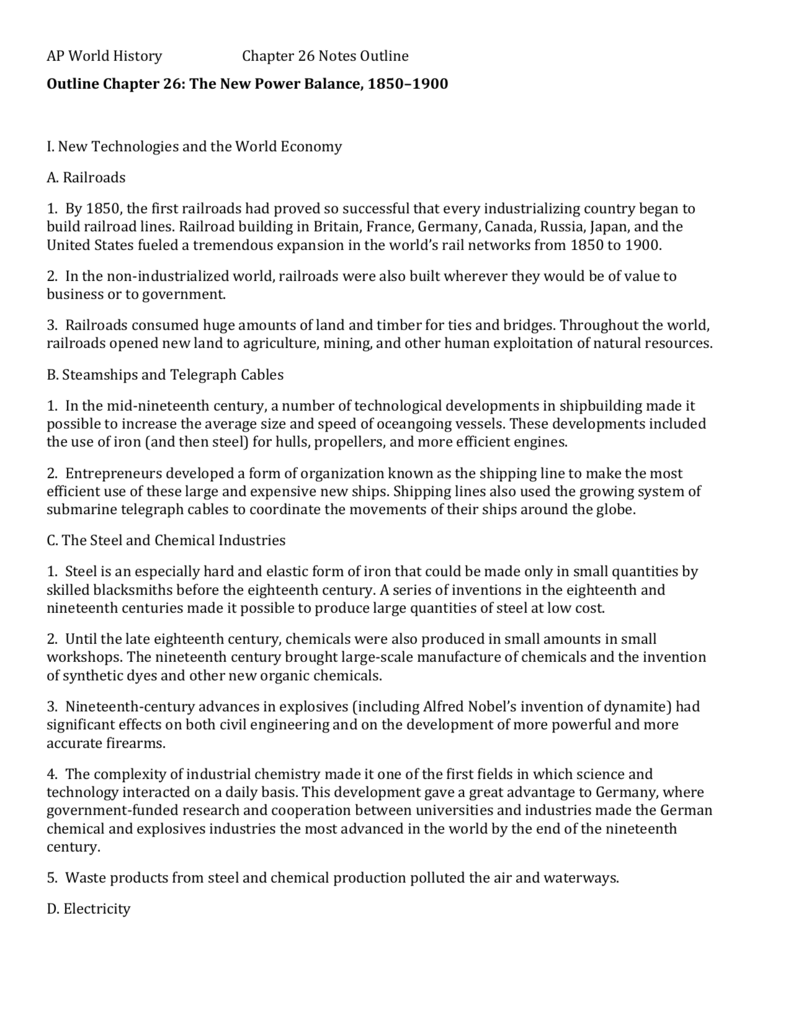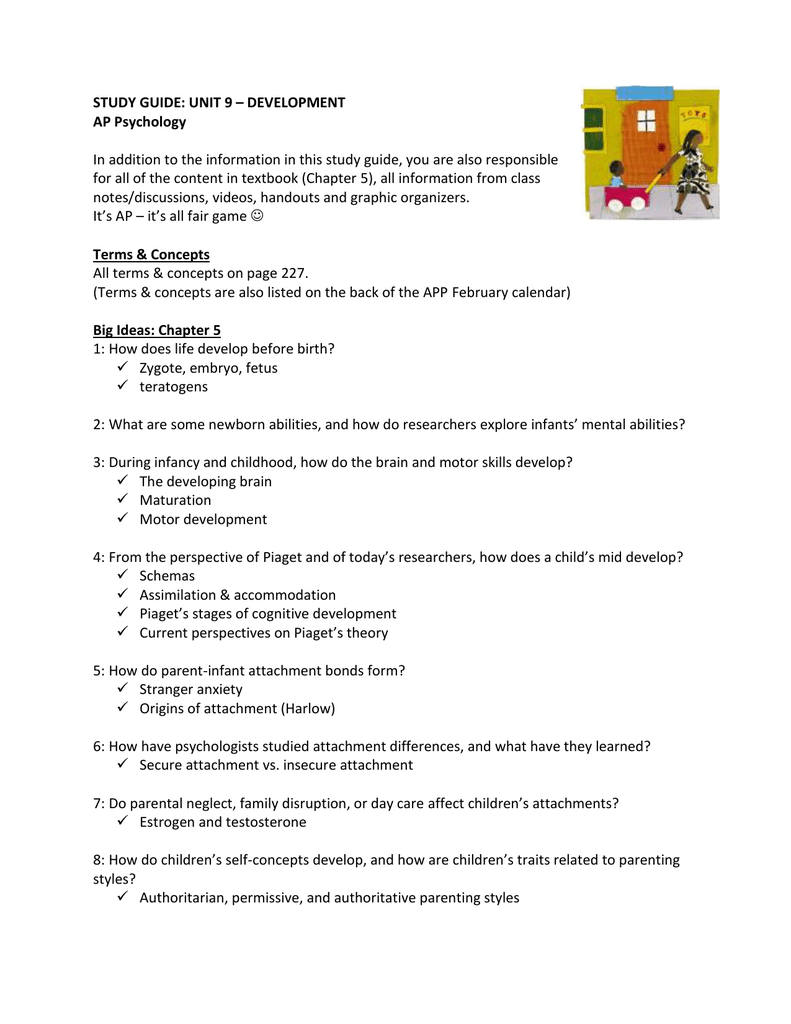
Gondwanaland broke into Africa, Australia, S.America) and moved northwards to their present positions. Laurasia broke into Laurentian Shield and Fennoscandia (Europe, Asia and N.Hemisphere) which lay around south pole which were separated by a narrow ocean called Tethys (the present Mediterranean Sea). Hemisphere) which lay around equator and Gondwanaland (S.

Pangaea broke into two parts called Laurasia (N.The earth was a single sialic land mass called Pangaea surrounded by a huge ocean called Panthalasa whose floor was a mass of sima.

There are 2 theories which explain the earth’s movements namely the Continental Drift Theory and the Plate tectonics theory. The reduced weight causes continental masses to rise.Ī theory is reasoned ideas intended to explain facts or ideas. It can be disturbed by erosion on continents and melting of continental ice sheets.

Isostacy is the state of balance between sial and sima layers. Rising of continental masses to restore the upset state of balance between sial and sima layers. Horizontal movement of currents cause horizontal movements while vertical cause vertical movements. When convectional currents in magma in mantle drug crustal rocks by friction. When the attractive force of the earth pulls crustal rocks into empty spaces left after magma escaping from the reservoir.

tensional forces (which operate along horizontal plane moving away from each other), compressional forces (which operate along horizontal plane moving towards each other), shear forces (which move past each other with unequal strength) and gravitational forces (which attracts things to the earths centre). They are brought about by tectonic forces which originate and operate in the interior of the earth e.g. Displacement of the earth’s crustal rocks.
AP HUGE CHAPTER 3 NOTEA PDF
The links below will take you to a PDF with my notes for each chapter.Geography Notes Form 2 - KLB Book 2 - KCSE Geography Revision Notes - Free Download Shi. I compiled them while taking AP US History in 2011 and hope they can help others with the material. These notes are based on the 7th edition of America: A Narrative History by George Brown Tindall and David E.


 0 kommentar(er)
0 kommentar(er)
